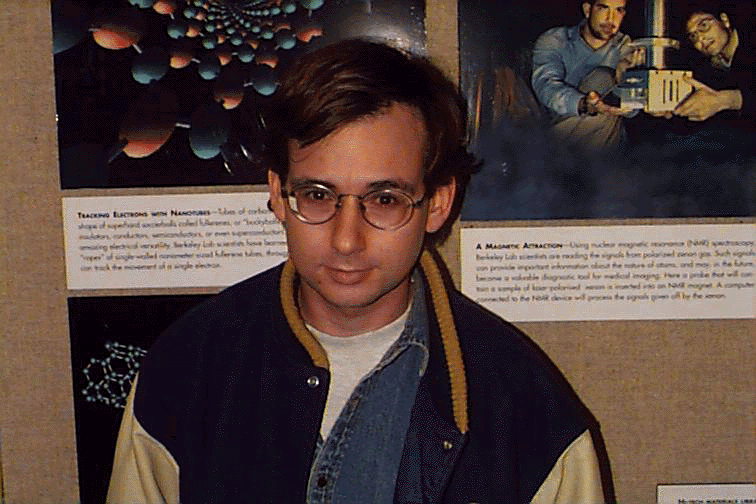Measuring Hard Processes at STARAbstract: Relativistic heavy ion collisions allow hadronic matter at high energy densities to be studied in the laboratory. Up and until this time, we have had access to energies where soft processes, dominate the production of hadrons and the evolution of the system formed. This region does not lend itself to a detailed quantitative understanding of the physics, and we are forced to use a phenomenological approach. In heavy ion physics this usually implies recourse to a statistical or thermal model. The Relativistic Heavy Ion Collider (RHIC) will begin operating in May of 1999 at Brookhaven National Laboratory (BNL). This accelerator will provide the highest energy collisions between ion systems to date. One of the great potentials that RHIC provides is that for the first time, the center of mass energy is large enough that there is reason to expect that the initial conditions are determined in processes that are calculable in perturbative QCD. The simplest signatures of these processes should be experimentally observable in the high transverse momentum region of single particle inclusive spectra. Such observables will be discussed in the context of the STAR experiment at RHIC. |
|



